Innocents Behind Bars: Systemic Racism and Wrongful Convictions
November 28, 2023
Amanda Carling, James Lockyer, Alice Kim, Gregory Banks, Niigaan Sinclair, Elder Robert Greene
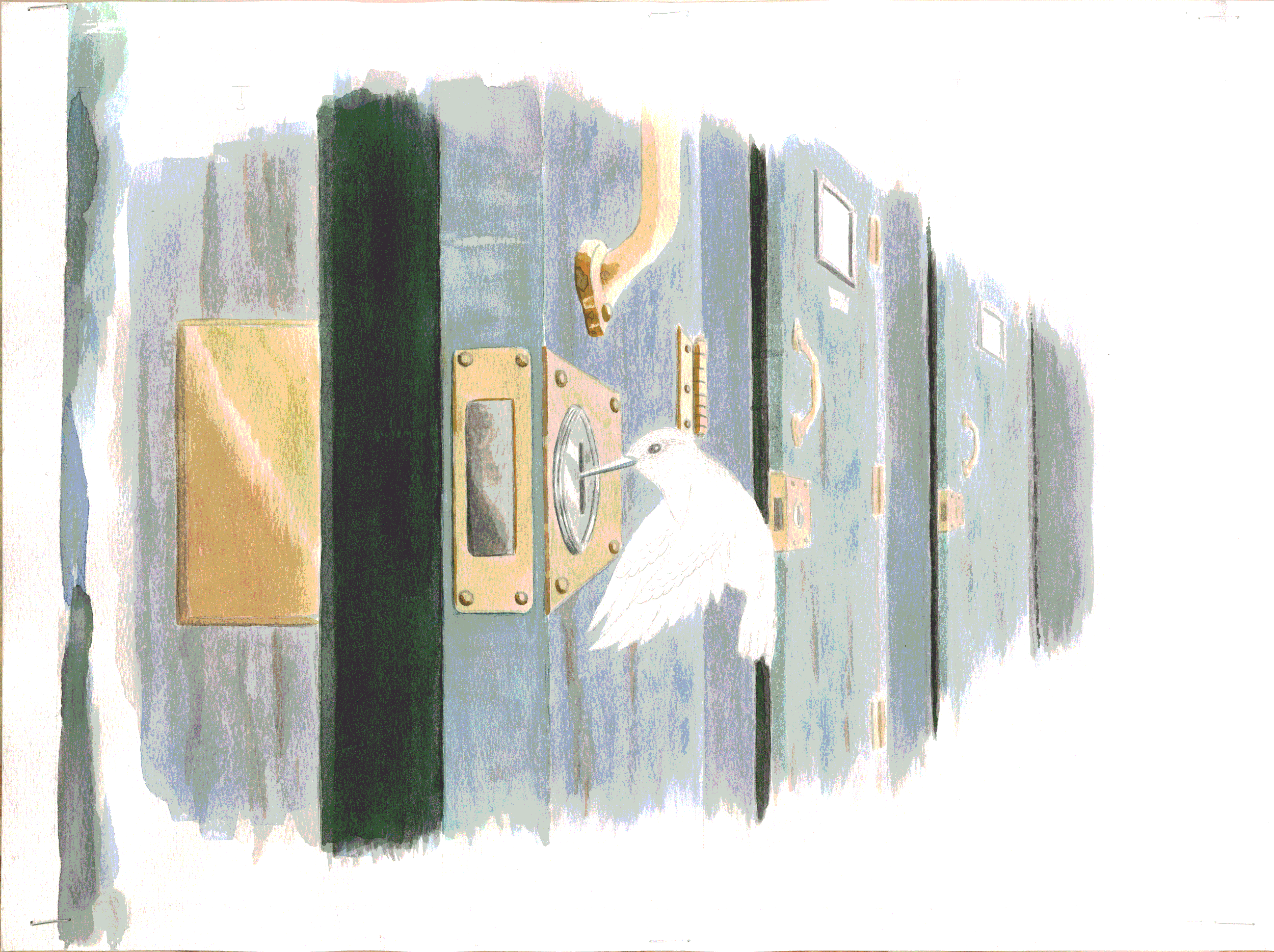
On November 28, 2023, the Canadian Museum for Human Rights, the Centre for Human Rights Research (University of Manitoba), and the Faculty of Law (University of Manitoba) co-organized and sponsored a public event “Innocents Behind Bars: Systemic Racism and Wrongful Convictions.”
We were honoured to welcome:
- Amanda Carling, CEO, BC First Nations Justice Council
- James Lockyer, Founding Director, Innocence Canada
- Alice Kim, Director of Human Rights Practice, Centre for the Study of Race, Politics and Culture
- Gregory Banks, Torture Survivor and Learning Fellow, Chicago Torture Justice Center (joining virtually)
- Facilitated by Dr. Niigaan Sinclair, Indigenous Studies, University of Manitoba
- Opening remarks from Elder Robert Greene, Canadian Museum for Human Rights

Wrongful Convictions and Systemic Racism: A Resource Guide
Wrongful Convictions and Systemic Racism: A Resource Guide
November 2023
Stephen Carney, Alana Conway, Carlie Kane, Dr. Pauline Tennent

A Resource Guide with links to resources related to wrongful convictions and the impact of systemic racism and discrimination on the justice systems in settler colonial contexts such as Canada, the United States, and other countries around the world.
Related Resources
Support Us
Whether you are passionate about interdisciplinary human rights research, social justice programming, or student training and mentorship, the University of Manitoba offers opportunities to support the opportunities most important to you.
Land and Settler Colonialism in southern Manitoba: A Resource Guide
Land and Settler Colonialism in southern Manitoba: A Resource Guide
November 2023
Dr. Adele Perry, Dr. Shelisa Klassen
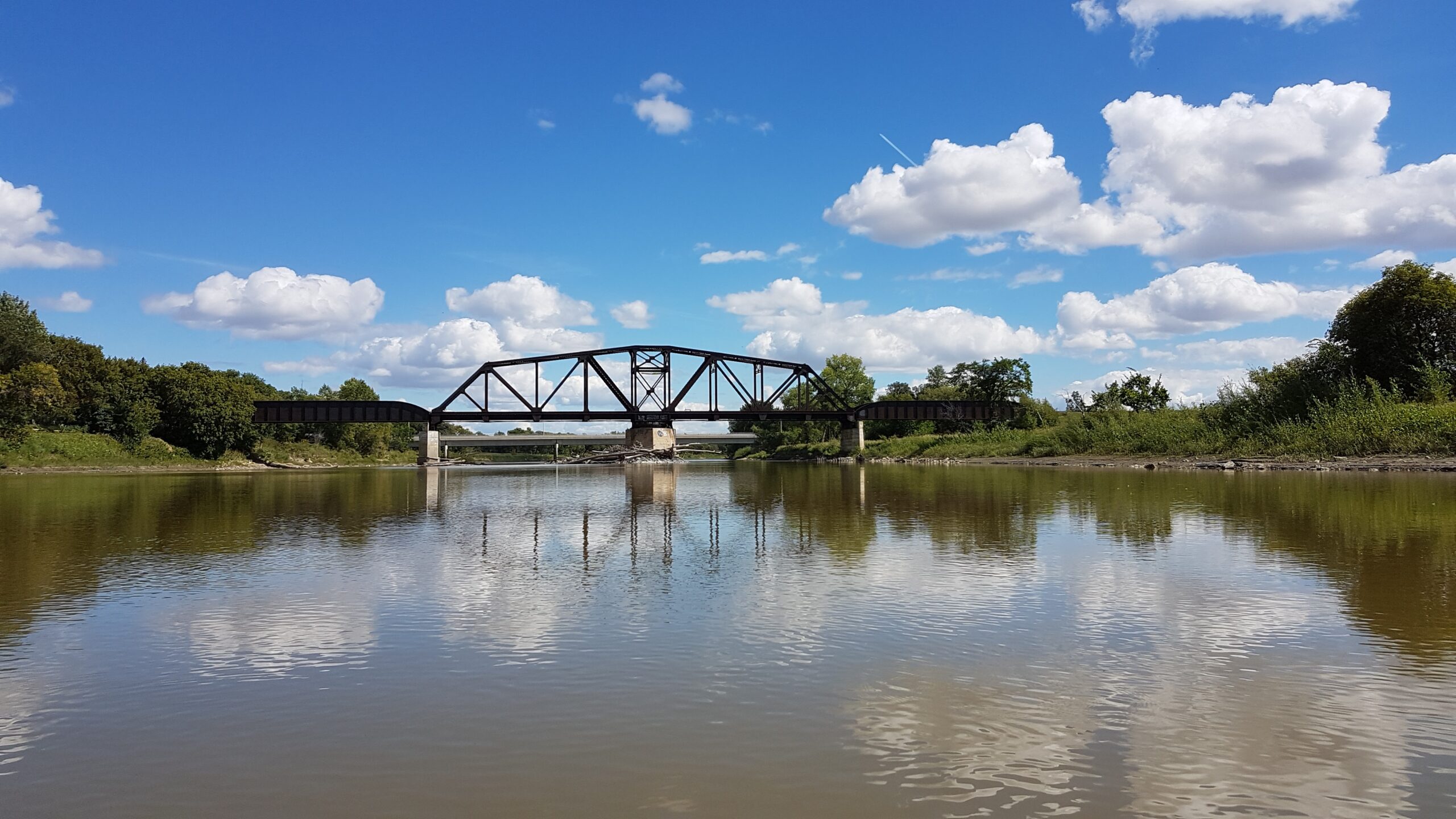
A resource guide to learn more about land and settler colonialism in southern Manitoba.

Messy Ethics in Human Rights Work Book Launch
Messy Ethics in Human Rights Work Book Launch
October 26, 2023
Dr. Neil Bilotta, Dr. Christina Clark-Kazak, Dr. Maritza Felices-Luna, Dr.Shayna Plaut, Dr. Lara Rosenoff Gauvin.
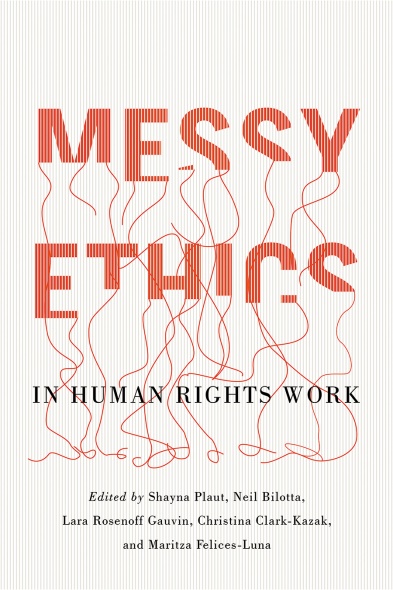
Every day, those doing human rights work are confronted with irresolvable ethical dilemmas that extend beyond institutional ethical processes. Messy Ethics in Human Rights Work invites readers into a series of overlapping conversations, as activists, researchers, artists, and others reflect on the complex disorderliness of ethics in practice, and the implications for human rights work. Contributors share situations when they were ethically stuck between a rock and hard place. What happened? What would they do differently next time? This work proposes that personal reflection and collective, sometimes uncomfortable discussion, are essential components of critical human rights practice.
On Thursday, October 26, 2023 at 7pm, in collaboration with McNally Robinson Grant Park and UBC Press, the Centre for Human Rights Research hosted a launch of the book with a conversation with the co-editors exploring what ethics means in the human rights work they do.
Related Resources
Support Us
Whether you are passionate about interdisciplinary human rights research, social justice programming, or student training and mentorship, the University of Manitoba offers opportunities to support the opportunities most important to you.
Islamophobia and Colonial Violence: Solidarity and Civil Resistance in Post-9/11 Manitoba
Islamophobia and Colonial Violence: Solidarity and Civil Resistance in Post-9/11 Manitoba
October 25, 2023
Dr. Youcef Soufi

On October 25, 2023, the Centre for Human Rights Research (CHRR) hosted a seminar on the topic of islamophobia and colonial violence with Dr. Youcef Soufi from the Institute of Islamic Studies at the University of Toronto. The event focused on the experiences of solidarity and civil resistance of Muslim Canadians in the aftermath of 9/11 and during the US’s global war on terror.
Related Resources
Support Us
Whether you are passionate about interdisciplinary human rights research, social justice programming, or student training and mentorship, the University of Manitoba offers opportunities to support the opportunities most important to you.
Debunking the “Mass Grave Hoax”: A Report on Media Coverage and Residential School Denialism in Canada
Debunking the “Mass Grave Hoax”: A Report on Media Coverage and Residential School Denialism in Canada
October 2023
Reid Gerbrandt, Dr. Sean Carleton

In the two years since the Tk’emlúps te Secwépemc First Nation’s 2021 announcement about the location of 215 potential unmarked graves at the former Kamloops Indian Residential School, a number of priests, pundits, and politicians have downplayed and questioned the validity of the findings. Some have declared the news of potential unmarked graves at many former residential school sites across Canada to be a “huge lie”. Others insist that mainstream media, the federal government, and First Nations have conspired to created a “hoax” by misrepresenting the news of potential unmarked burials sites as a “mass grave” to shock and guilt Canadians into caring about Indigenous Peoples and reconciliation.
Given the growing popularity of the “mass grave hoax” narrative, especially on the far-right in Canada and the United States, and recent calls for Canadians to take responsibility for countering such harmful misinformation, Reid Gerbrandt and Dr. Sean Carleton, assistant professor in history and Indigenous studies at the University of Manitoba, decided to investigate the claims of a media conspiracy and fact-check them against the evidence of what was actually reported in Canada. This report outlines their findings and recommendations.
Debunking the “Mass Grave Hoax”: A Report on Media Coverage and Residential School Denialism in Canada was released in October 2023.
Related Resources
Support Us
Whether you are passionate about interdisciplinary human rights research, social justice programming, or student training and mentorship, the University of Manitoba offers opportunities to support the opportunities most important to you.
Islamophobia and Colonial Violence: Solidarity and Civil Resistance in Post-9/11 Manitoba — A Resource Guide
Islamophobia and Colonial Violence: Solidarity and Civil Resistance in Post-9/11 Manitoba -- A Resource Guide
October 2023
Angela Gail Ciceron, Dr. Pauline Tennent, Dr. Youcef Soufi

On October 25, 2023, the Centre for Human Rights Research (CHRR) hosted a seminar on the topic of islamophobia and colonial violence with Dr. Youcef Soufi from the Institute of Islamic Studies at the University of Toronto. The event focused on the experiences of solidarity and civil resistance of Muslim Canadians in the aftermath of 9/11 and during the US’s global war on terror. As an extension of the seminar, this resource guide provides further readings and media for participants who would like to deepen their understanding of islamophobia in the context of Canada.
Related Resources
Support Us
Whether you are passionate about interdisciplinary human rights research, social justice programming, or student training and mentorship, the University of Manitoba offers opportunities to support the opportunities most important to you.
Winnipeg Human Rights Tour
Winnipeg Human Rights Tour
October 2023
Masters of Human Rights Program, Dr. Nathan Derejko, Dr. Kjell Anderson
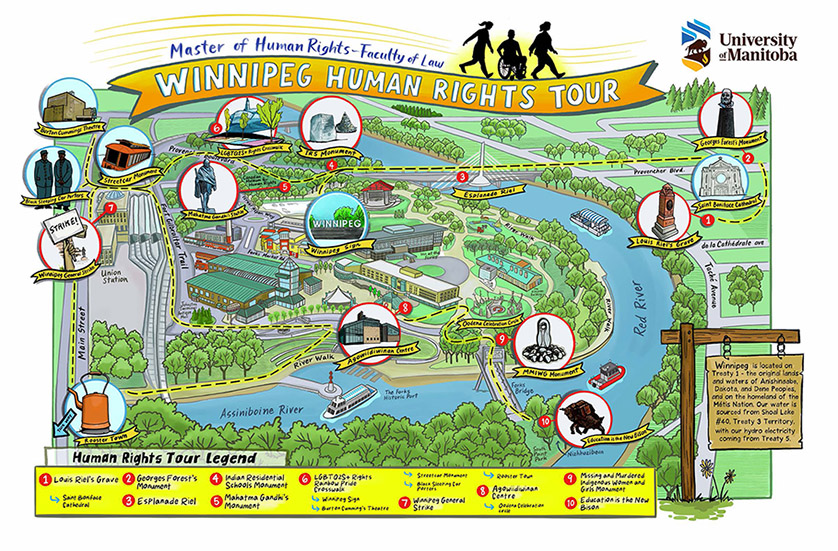
The Winnipeg Human Rights Tour began in 2022 as a way to introduce new Master of Human Rights program students to some of the many Human Rights aspects of Winnipeg. Beginning in St. Boniface at the grave of Louis Riel, founder of Manitoba, the tour has now been successfully delivered to two generations of Master of Human Rights students and has grown in content, scope and recognition.
The main goals of MHR program administrators is that the Tour sparks dialogue, promotes reflection, and educates participants about the dynamic nature of human rights. The Tour emphasizes how historical events have shaped Winnipeg’s present human rights climate and projects their significance into Canada’s future, intertwining past events with current activism and future aspirations for justice and inclusion.
The tour is focused on downtown Winnipeg and the Forks, and takes about two to three hours to walk. While primarily designed for university students to promote academic discussion and ideas, plans are in the works to expand the formal tour to a broader audience.
Notably, in 2023, program administrators commissioned an intricately designed map, enriched with additional stops of interest. More than just a tool for navigation, this map narrates Winnipeg’s ever-evolving journey in human rights. With concise descriptions of significant landmarks, participants are not only informed about historical events but are also introduced to ongoing human rights initiatives and potential future developments. The map fosters a deeper connection between the participants, the city’s history, its contemporary human rights scenario, and future aspirations.
Read more about the Winnipeg Human Rights Tour on UM Today News: https://news.umanitoba.ca/masters-program-introduces-winnipeg-human-rights-tour/


She is Sacred: Reflections on the National Inquiry into MMIWG2S+
She is Sacred: Reflections on the National Inquiry into MMIWG2S+
October 6, 2023
Dr. Karine Duhamel, Dawn Chartrand

The content in this video may be difficult and/or triggering. If you or someone you know needs emotional assistance related to this topic or the information in this article, help is available 24/7 through the MMIWG Support Line, 1-866-413-6649.
On October 6, 2023, Indigenous Engagement and Communications and the Centre for Human Rights Research hosted “An Event in Honour of the National Day of Action on MMIWG2S+” with Dr. Karine Duhamel and Dawn Chartrand.
Dr. Karine Duhamel’s talk was entitled “She is Sacred: Reflections on the National Inquiry into Missing and Murdered Indigenous Women and Girls.”
Karine Duhamel is Anishinaabe-Métis and a member of Red Rock First Nation. She holds a Bachelor of Arts from Mount Allison University, a Bachelor of Education from Lakehead University and a Master’s degree and PhD in History from the University of Manitoba. From 2018 to 2019, she was Director of Research for the historic National Inquiry into Missing and Murdered Indigenous Women and Girls, drafting the Final Report, directing the Legacy Archive, and managing the Forensic Document Review Project. She is now Director of Indigenous Strategy for the Social Sciences and Humanities Research Council of Canada, working to implement the strategic plan focused on supporting Indigenous research and researchers.
Following Dr. Duhamel’s talk, we participated in a Laughing Yoga workshop with Dawn Chartrand.
Related Resources
Support Us
Whether you are passionate about interdisciplinary human rights research, social justice programming, or student training and mentorship, the University of Manitoba offers opportunities to support the opportunities most important to you.
What Wab Kinew’s win in Manitoba reveals about the province’s political history
What Wab Kinew’s win in Manitoba reveals about the province’s political history
October 4, 2023
Dr. Adele Perry

Manitoba voters have elected the NDP’s Wab Kinew as premier. His election is both a break with recent Manitoba political history and a continuation of the long history of Indigenous involvement in electoral politics in Manitoba.

Contact Us
We’d love to hear from you.
442 Robson Hall
University of Manitoba
Winnipeg, Manitoba
R3T 2N2 Canada
204-474-6453
Quick Links
Subscribe to our mailing list for periodic updates from the Centre for Human Rights Research, including human rights events listings and employment opportunities (Manitoba based and virtual).
Land Acknowledgement
The University of Manitoba campuses are located on original lands of Anishinaabeg, Ininew, Anisininew, Dakota and Dene peoples, and on the National Homeland of the Red River Métis.
Centre for Human Rights Research 2023© · Privacy Policy

